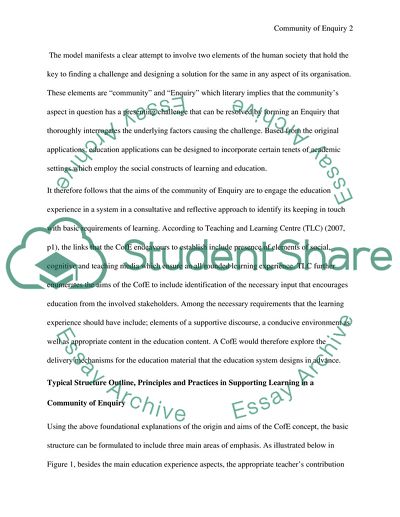Cite this document
(Origins and Aims of the Concept of a Community of Enquiry Dissertation, n.d.)
Origins and Aims of the Concept of a Community of Enquiry Dissertation. Retrieved from https://studentshare.org/social-science/1751956-p4c-community-of-enquiry-in-the-workplace
Origins and Aims of the Concept of a Community of Enquiry Dissertation. Retrieved from https://studentshare.org/social-science/1751956-p4c-community-of-enquiry-in-the-workplace
(Origins and Aims of the Concept of a Community of Enquiry Dissertation)
Origins and Aims of the Concept of a Community of Enquiry Dissertation. https://studentshare.org/social-science/1751956-p4c-community-of-enquiry-in-the-workplace.
Origins and Aims of the Concept of a Community of Enquiry Dissertation. https://studentshare.org/social-science/1751956-p4c-community-of-enquiry-in-the-workplace.
“Origins and Aims of the Concept of a Community of Enquiry Dissertation”, n.d. https://studentshare.org/social-science/1751956-p4c-community-of-enquiry-in-the-workplace.


